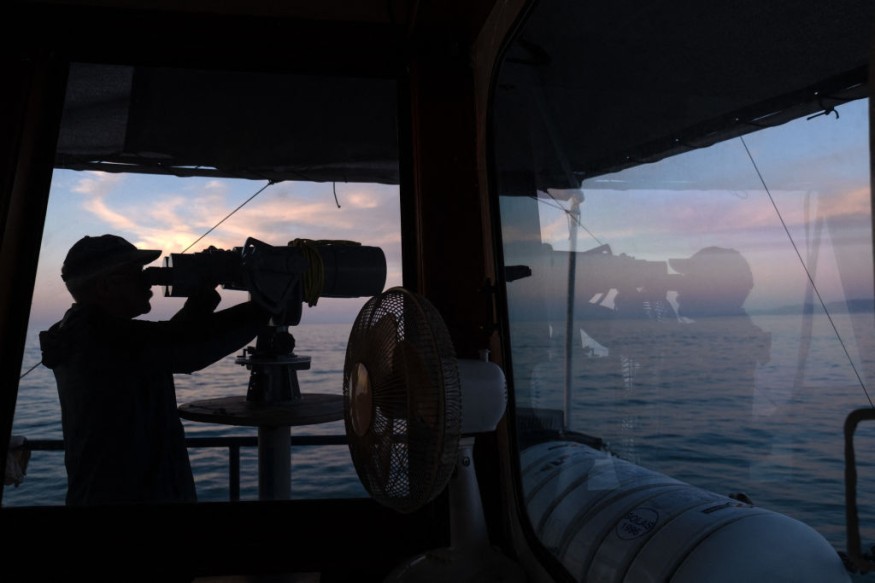
Mexico's Navy announced that it intends to expand the region where it sinks concrete blocks with metal hooks to catch gill nets that are killing vaquita marina porpoises.
Last year, the Navy began dropping the blocks into the Gulf of California in the hopes of saving the world's most endangered marine animal.
The vaquita can only be found in the Gulf, also known as the Sea of Cortez, where there are as few as ten vaquitas. They are not capable of being kept or bred in captivity.
The vaquitas are trapped and drowned in illegal gill nets set for totoaba, a Gulf fish whose swim bladder is valued at hundreds of dollars per pound in China.
Read Also : Endangered California Vaquita Porpoise Could Be Saved From Extinction If We Stop Illegal Fishing
Zero tolerance area
The Navy said that it will negotiate with the fishing town of San Felipe in the Mexican state of Baja California to begin sinking blocks beyond the zero tolerance zone.
The zero tolerance zone is a rocky rectangle considered the last refuge for vaquitas.
It's called that because that's where the blocks are sunk and patrols are the most intense, and there's supposed to be no fishing at all, though it does happen occasionally.
"Once a consensus with the fishing community has been reached, 152 more blocks will be placed in the freezone alongside the zero tolerance area, where there have been visual or echolocation sightings" of vaquitas, Rear Admiral Marco Peyrot Solís, the Navy commander of the region, said in an interview.
San Felipe fishermen claim the government has failed to fulfill past pledges of compensation payments for lost income owing to net prohibitions in the area. They also claim that the government has done little to supply better, more environmentally friendly fishing equipment.
According to experts, the most recent observations indicate that 10 to 13 vaquitas remain, which is similar to the number sighted on the previous mission in 2021.
Extinction alert
The International Whaling Commission issued its first-ever extinction alert to warn of the severely endangered vaquita porpoise.
The vaquita porpoise, known to be the smallest of porpoises and all species within the order Cetacea in terms of size, can grow up to 5 feet (1.5 meters) long and was declared critically endangered by the International Union for Conservation of Nature's Red List of Threatened Species in 1996.
The extinct warning effort is "a new mechanism" to "voice extinction concerns for an increasing range of cetacean species and populations."
"The vaquita is on the verge of extinction due to gillnet entanglement, despite nearly thirty years of repeated warnings," the news release said.
The scientific committee believes the vaquita population has a chance of recovery provided the prohibition on gillnets in their habitat is strictly enforced.
"The extinction of the vaquita is inevitable unless 100% of gillnets are substituted immediately with alternative fishing gears that protect the vaquita and the livelihoods of fishers," the committee said in the news release. "If this doesn't happen now, it will be too late."
Related Article : Vaquita Porpoise: International Whaling Commission Issues Extinction Alert for World's Smallest Cetacean
Related Video:
© 2025 NatureWorldNews.com All rights reserved. Do not reproduce without permission.





